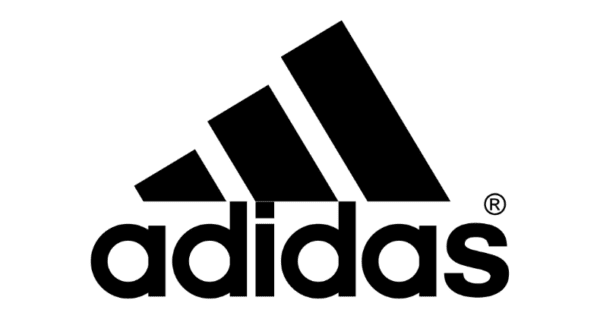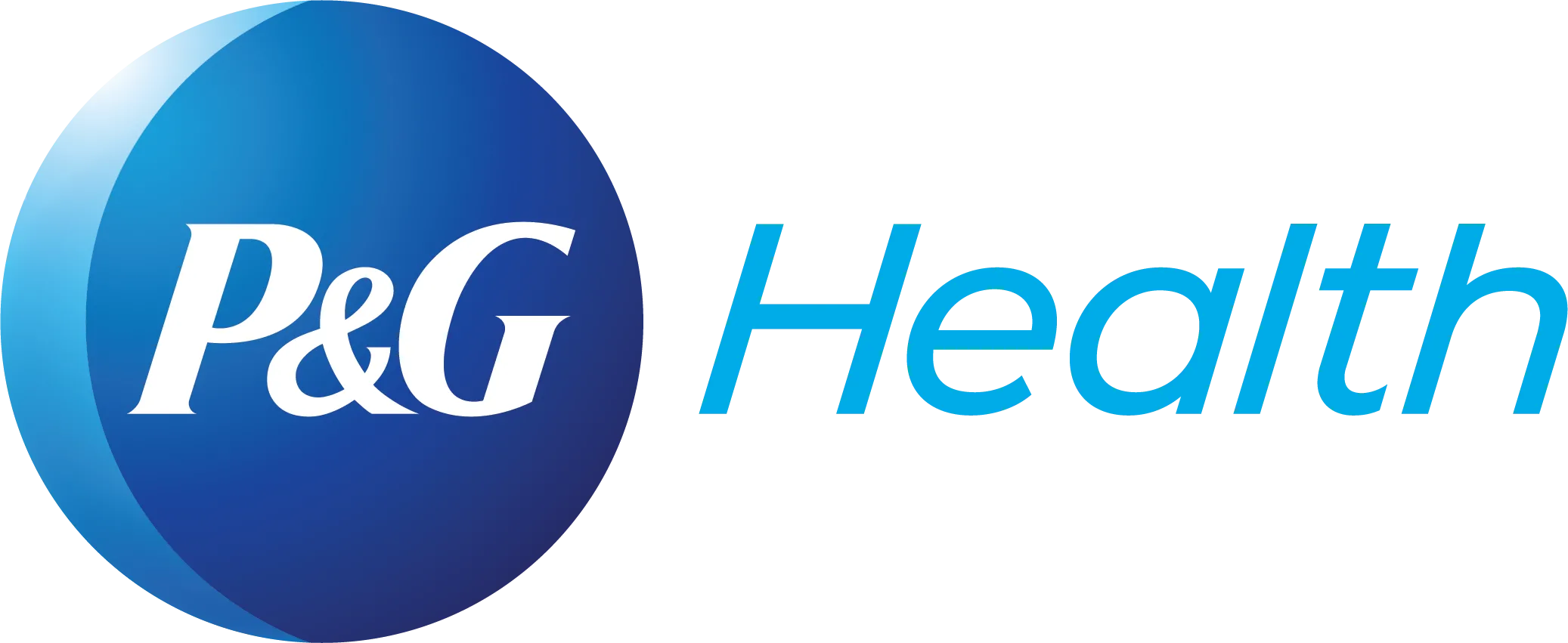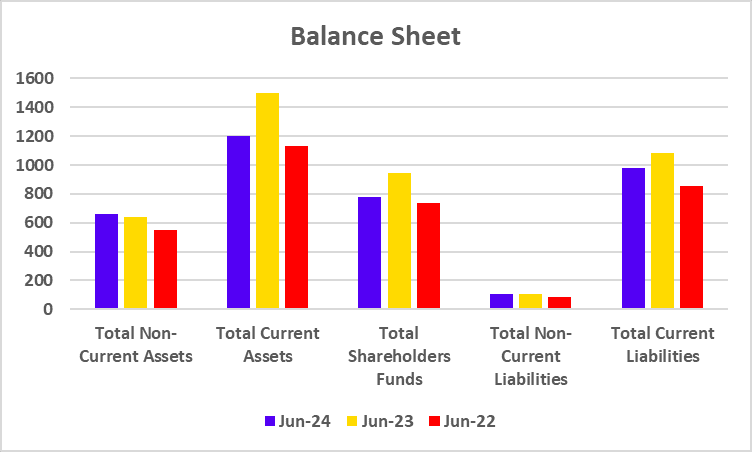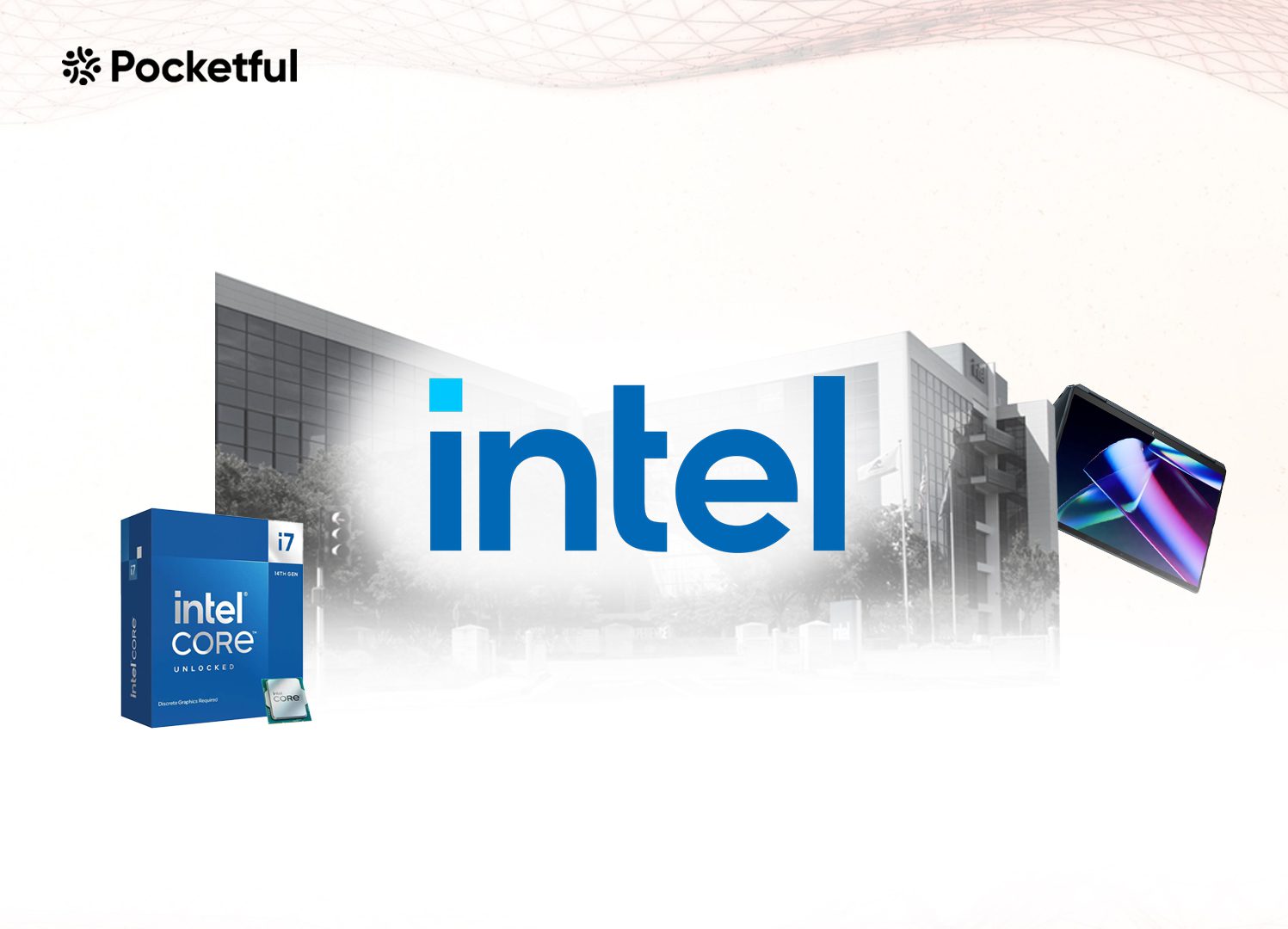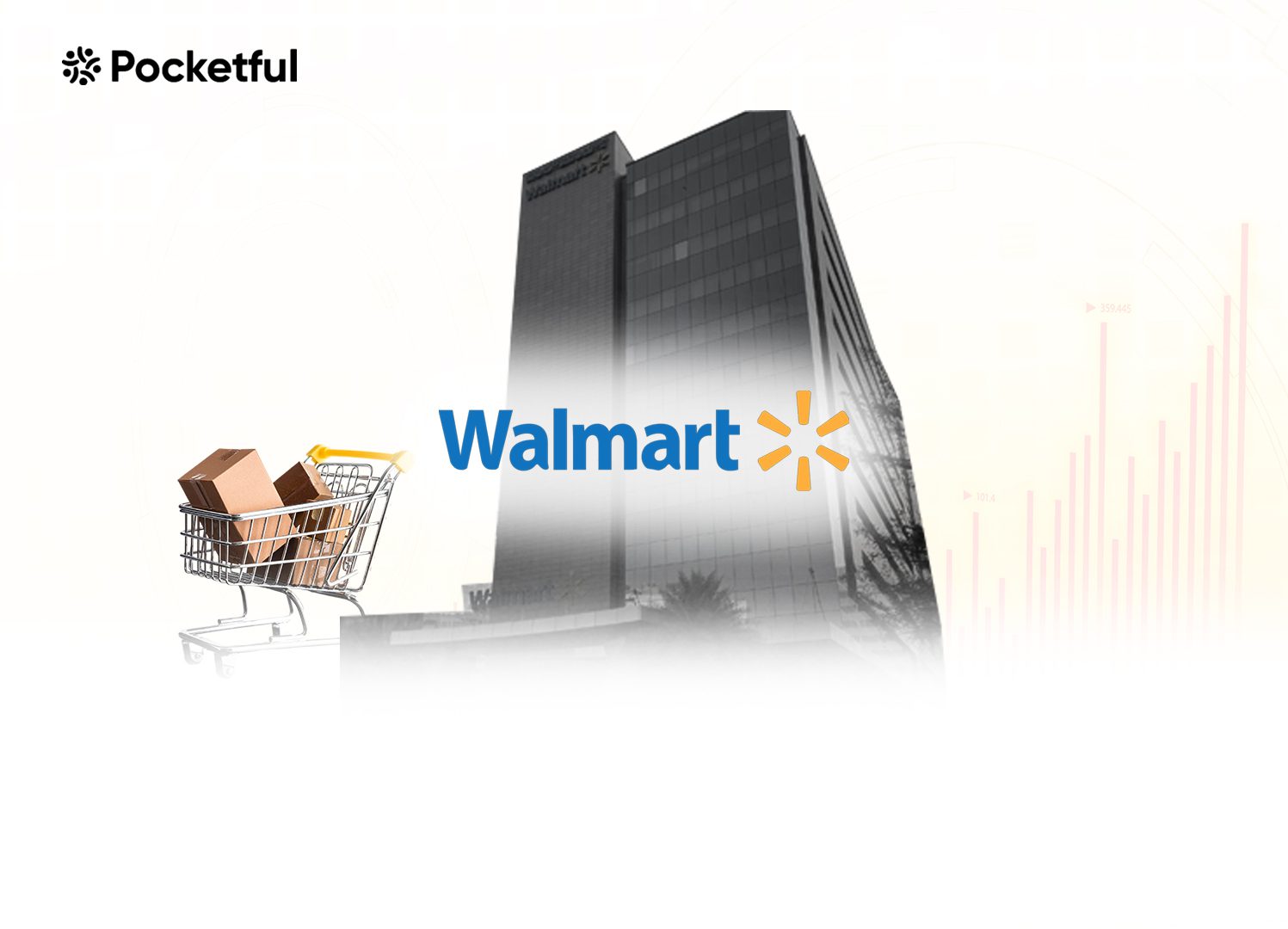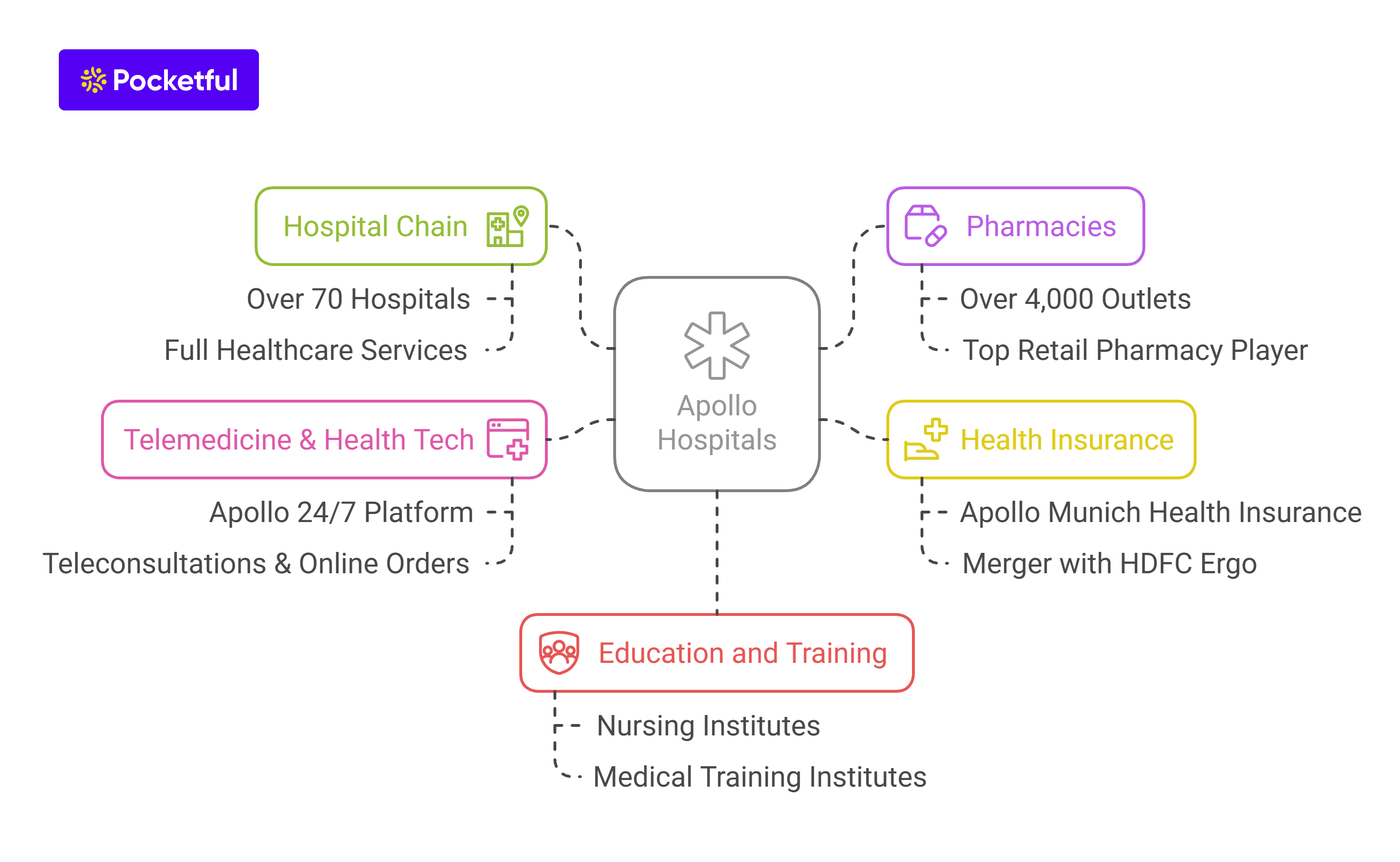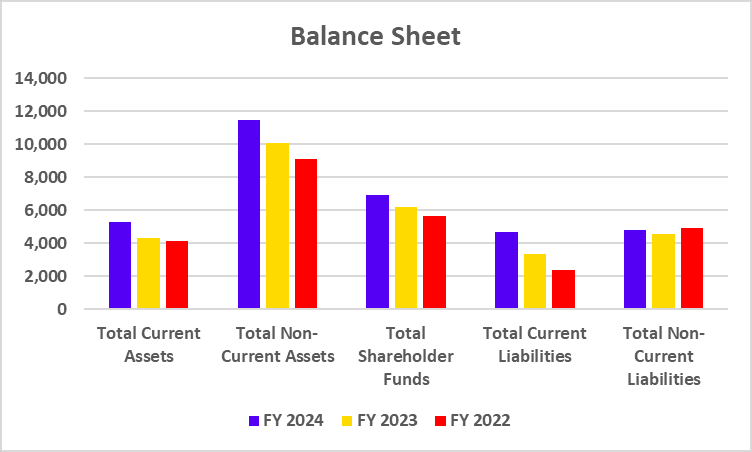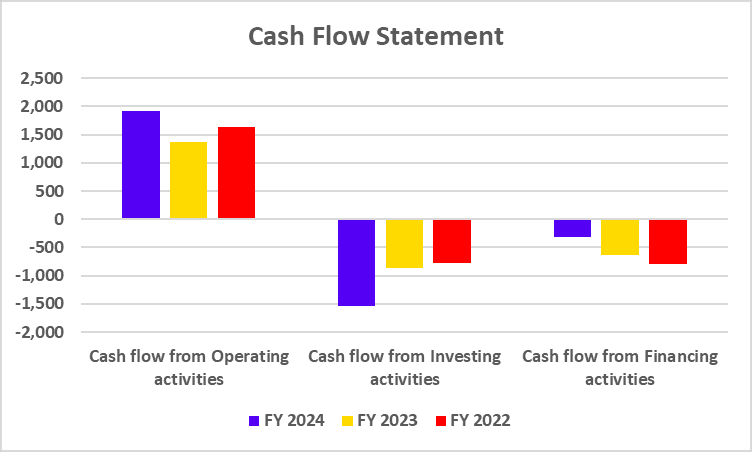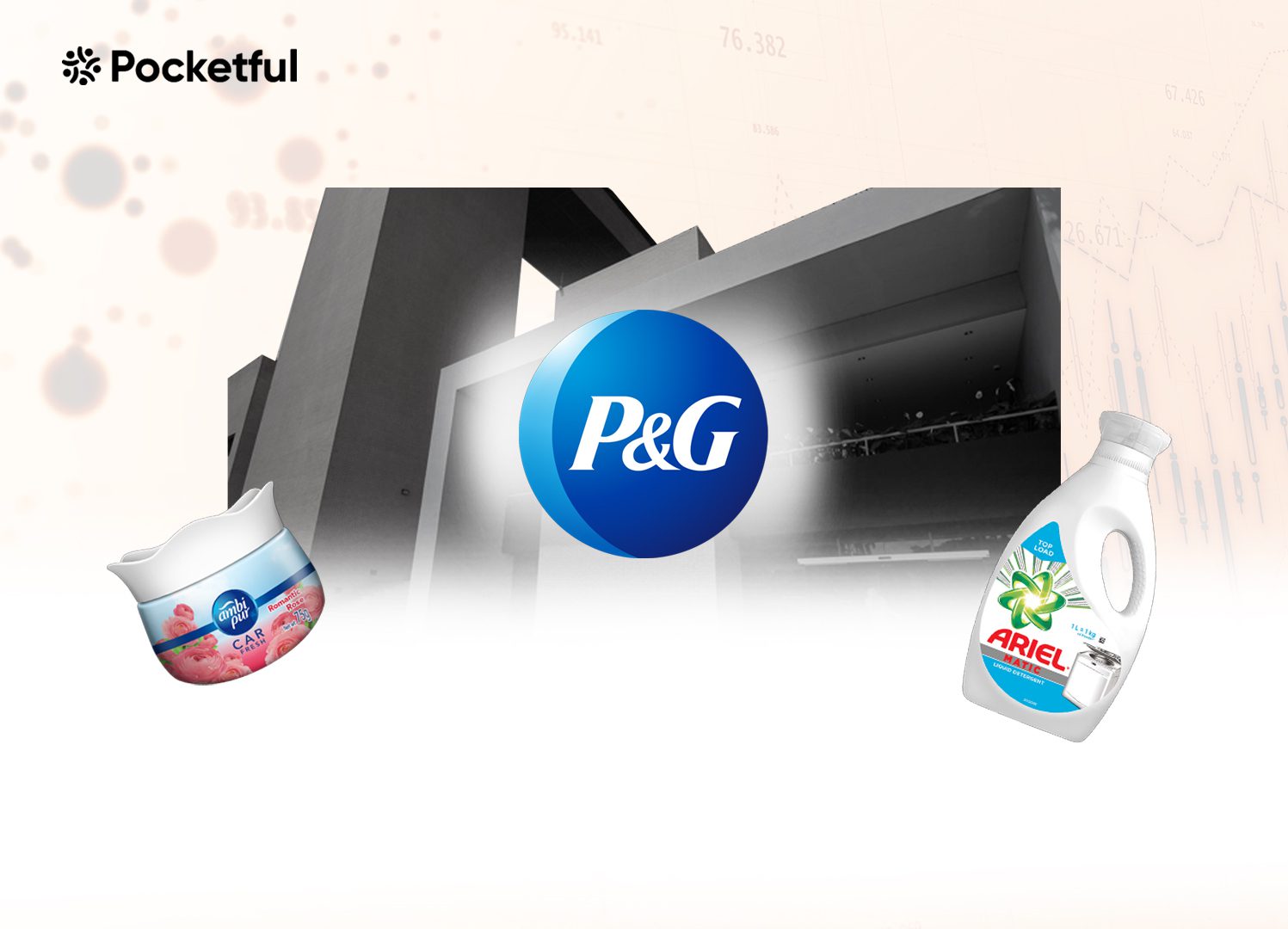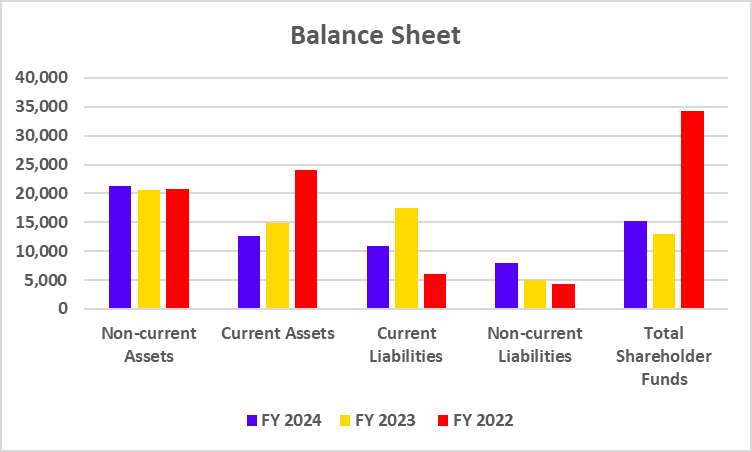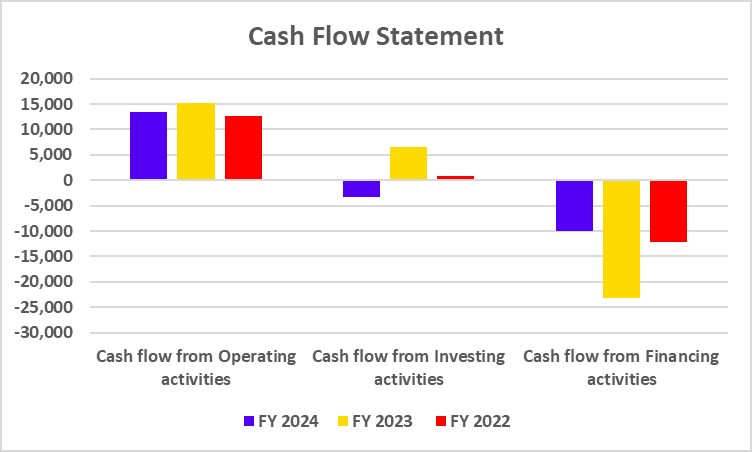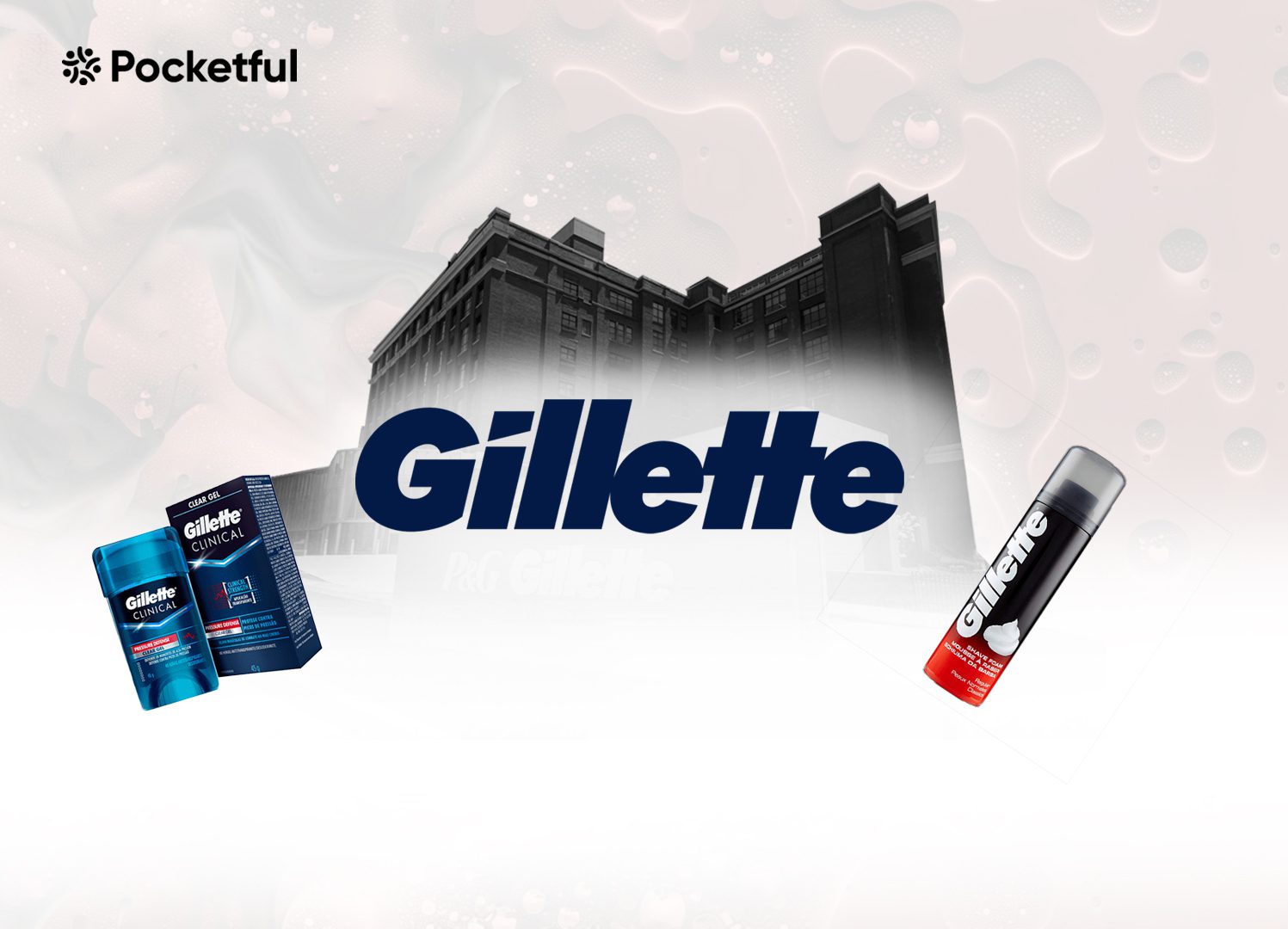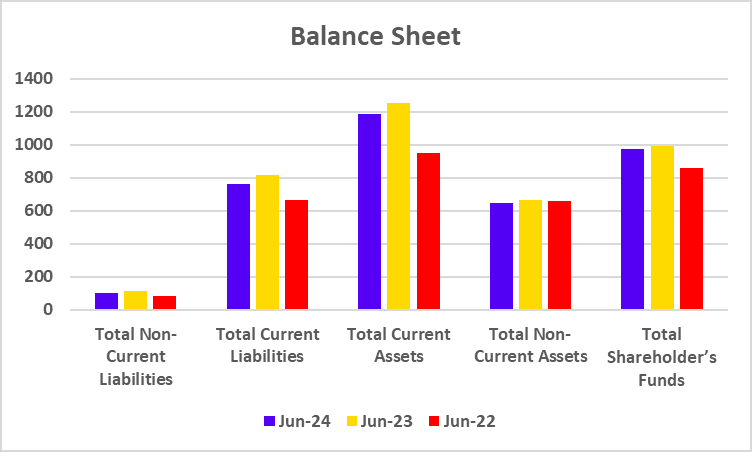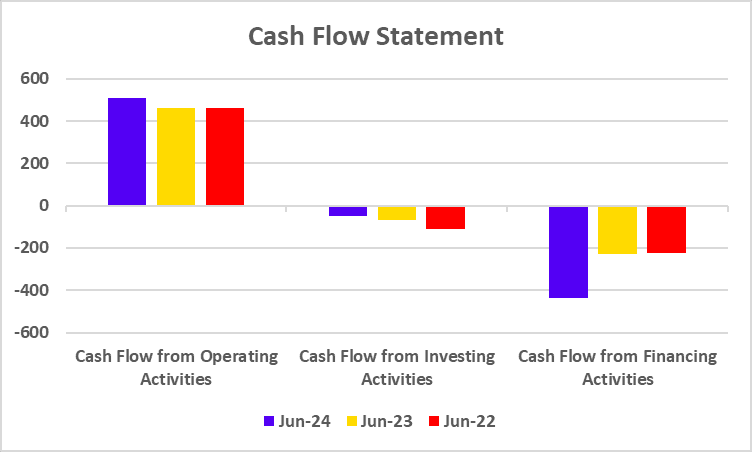The 1992 Indian Stock Market Scam, being masterminded by Harshad Mehta, stands as one of the biggest financial frauds in India. Its repercussions became highly felt when it came to the Indian economy, regulations to be followed in the stock market, and investor confidence. It showed the weakness in the Indian banking and financial system that forever altered the horizon of Indian finance. This blog goes deep into the intricacies of the Harshad Mehta Scam story, thus including the background of Harshad Mehta, the techniques he used to create the ruckus in the stock market, and the after-effects that followed.
Overview of the Scam 1992
The Harshad Mehta scam refers to the 1992 Indian stock market scam, which featured a sequence of fraudulent trading on the Bombay Stock Exchange (BSE). The scam reportedly resulted in a loss of around ₹4,000 crores (approximately $1 billion) to banks and investors. Due to his charm and connections, Mehta has often been labeled as the “Big Bull,” who allowed his ingenious scheme to inflate and manipulate stock prices with methods such as bank receipts (BRs), creating the illusion of liquidity. He manipulated loopholes in the banking system and regulations to artificially inflate stock prices and thereby amassed a fortune.

Manipulation reached its peak in 1992 when Mehta’s activities were brought out in public, and a stock market crash shook the Indian economy. The scandal resulted in regulatory reforms in the Indian financial sector, bringing immense changes in the way that the stock market was monitored and regulated.
Background of Harshad Mehta
Born on July 29, 1954, in a middle-class family in Mumbai, Harshad Mehta had a humble beginning. He graduated with a degree in commerce and did a number of odd jobs before he became a salesperson in a brokerage firm. His sharp financial acumen and understanding of the stock market soon led him to establish his own brokerage firm, Grow More Research and Asset Management. With a sharp eye for investment opportunities and an impassioned ambition, he rapidly climbed the ranks of the financial world.
Mehta emerged as a major player in the Indian stock market in the late 1980s and early 1990s. His investments and financial strategies made him famous in the country. He came to be known as the “Big Bull” of the stock market for making bold predictions and wonderful returns. However, this success stood on a shaky platform of unethical practices and deception.
Harshad Mehta Scam Amount in Rupees
The Harshad Mehta scam of 1992 is one of the biggest financial frauds in India’s history. The total amount involved in the scam was around ₹4,000 crores (approximately $1 billion at that time). This massive fraud shook the Indian economy, exposed loopholes in the financial system, and led to major changes in how the stock market and banks operate.
Read Also: Financial Scams in India: Types, Resolution, and Awareness
Scam 1992 Details
The Harshad Mehta scam was a result of several strategic moves which Mehta undertook to alter the stock prices. Below is a comprehensive case study of how the scam was carried out:
1. Ready Forward Deal
During that time, banks were required to invest a certain amount of their deposits in government securities. Banks in need of funds or liquidity used to transfer these securities among themselves through the “Ready Forward Deal” mechanism. The Ready Forward Deal was a mechanism used by banks to buy and sell securities in exchange for funds with the help of brokers. Harshad Mehta, being a famous broker, used to get cheques issued in his name instead of the bank. When the bank demanded funds in exchange for its securities, he would approach another bank and repeat the same process.
2. Bank Receipts (BRs)
Bank receipts are documents issued by the bank to acknowledge the receiving of funds in exchange for selling the securities. Harshad Mehta manipulated and convinced the banks to issue fake BRs, which were used to raise huge sums of money from banks without any actual underlying securities. Harshad Mehta used these fake Bank Receipts (BRs) to raise high loan amounts from banks without actually owning any securities. He then bought a large number of shares in the market and artificially inflated their prices. The scam led to huge losses for the banks when it finally came to light.
3. Circular Trading
Circular trading refers to a situation where shares are sold and bought between different groups of traders for the sake of creating an artificial case in which the demand for the stock is high. Harshad Mehta used such trading practices to raise the prices of stocks, thus attracting unsuspecting investors.
4. False Information
Mehta also spread false information about various companies to whip up mania and artificially pushed their stock prices much higher than their actual value. The reason behind spreading false information was to generate excitement about certain stocks and modify the market sentiment so that other investors would invest more money into these popular stocks.
5. Key Manipulated Stocks
Mehta targeted a number of key stocks to carry out his plan. Here are a few of them:
- ACC (Associated Cement Companies): One of the significant victims of Mehta’s manipulation was ACC. He manipulated the stock price using his influence and contacts, and the stock price increased from ₹200 to over ₹9,000 in a few months. This huge jump in stock prices was due to heavy buying and circular trading, creating a misconception about demand for the stock.
- Sterlite Industries: Sterlite Industries is yet another Indian company whose stock price was manipulated by Harshad Mehta. He inflated the price of the stock from INR 30 to INR 1,500 by using the funds borrowed from banks. Artificial demand created through circular trading and heavy buying caused the share price of Sterlite to increase tremendously, though there was no actual change in the real financial health of the company.
- Videocon: Videocon, a leading manufacturer of large electricity appliances and electronics, was also targeted by Harshad Mehta. The stock price of Videocon increased from INR 45 to INR 2,000. This price increase caught the attention of other retail investors who believed that the stock was going very well, only to find themselves losing money when the bubble burst.
Key Figures Involved in Scam 1992
Following are the number of key players either involved or not involved knowingly in the Harshad Mehta scam Story:
- Harshad Mehta: He was the mastermind behind the scam. His innovative thinking and illegal ways helped him in manipulating the market quite successfully. His strategies exploited the loopholes in the regulatory systems.
- S. Venkitaramanan: He was the Governor of the Reserve Bank of India at that time and was duty-bound to monitor and regulate the banking sector. RBI failed to detect the loopholes before the scam happened. He played an important role in introducing reforms after the scam so that such activities would not repeat again in the future.
- Sucheta Dalal: Sucheta Dalal was actively involved in unveiling the scam. She was a journalist with the Times of India. In April 1992, she wrote an article disclosing the connection between the high lifestyle of Harshad Mehta and skyrocketing stock prices, which helped the government authorities detect the fraud. Her work uncovered inconsistencies in the stock market and the banking sectors, causing the regulatory bodies to conduct investigations.
- P. V. Narasimha Rao: He was the Prime Minister of India when the fraud happened. He was accused of accepting a huge amount of money as a bribe from Mehta in order to get out of the legal cases. Though it was never established in the court, the case provided a political angle to the scam, redirecting the public concern on the strong nexus between politicians and the stock market manipulators.
Apart from these, there were many more characters involved in creating an atmosphere that helped Harshad Mehta flourish, which had a disastrous effect on the Indian stock market.
Read Also: BluSmart Shutdown & Gensol Scam
Impact on the Indian Stock Market and Economy
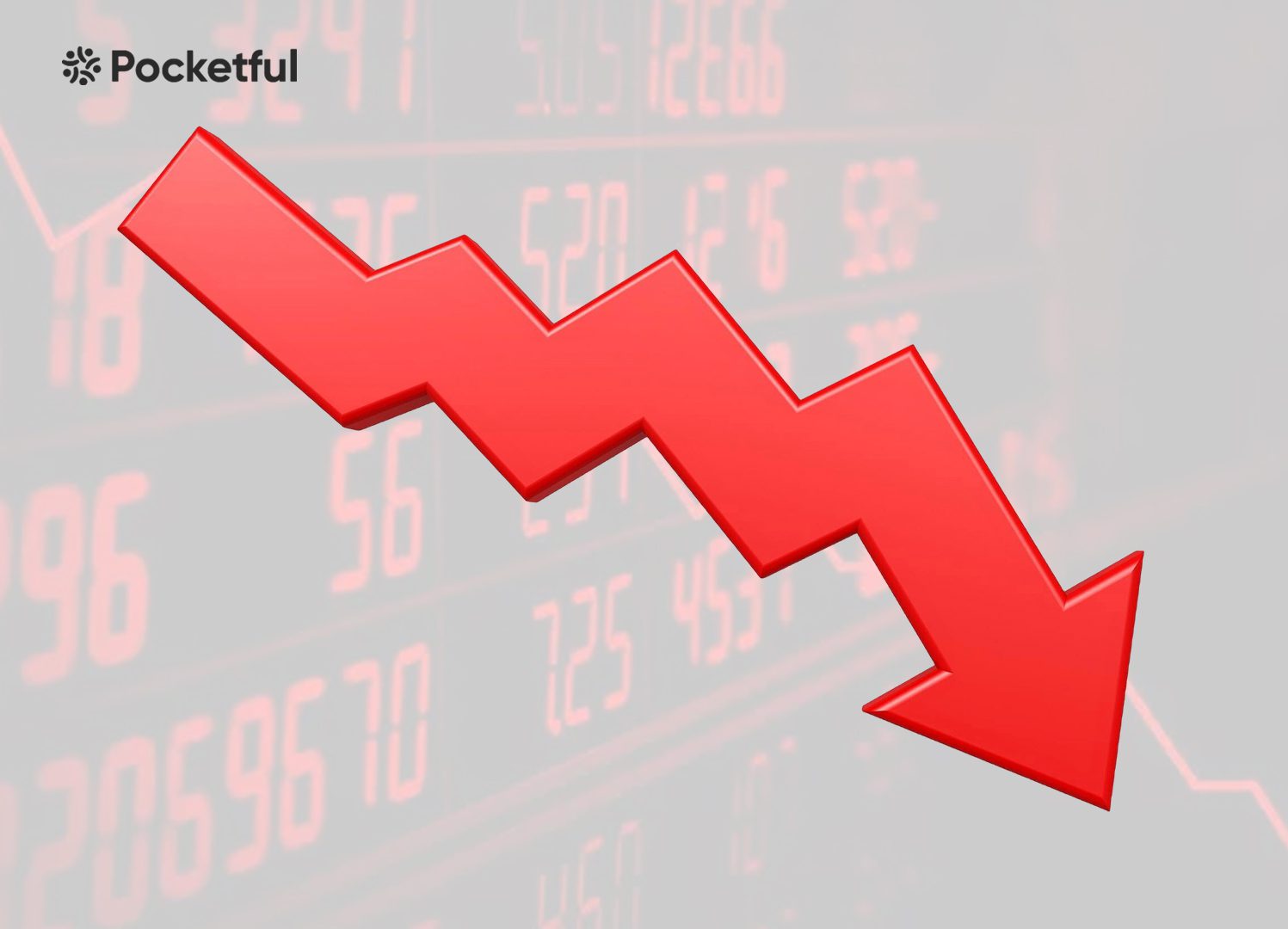
The Indian stock market and the overall economy were deeply affected due to the Harshad Mehta scam Story. The impacts are as follows:
1. Stock Market Crash
The scam came to light in April 1992 and the public of India witnessed a stock market crash like never before. Indices on the Bombay Stock Exchange (BSE) crashed as the investors panicked and sold their investments. BSE Sensex lost nearly half of its value within weeks, which altogether erased investor wealth worth billions of rupees.
2. Regulatory Reforms
It was in the wake of the scam that the Indian government had to undertake drastic regulatory reforms. SEBI was made more potent, and new regulations to protect investors and increase transparency were introduced. Regulations for initial public offerings and trading practices became stiffer, with the stock market being overseen much more strictly.
3. Erosion of Investor Confidence
The scam significantly eroded investor confidence in the Indian financial system. Many retail investors, having invested their life savings into stocks, suffered huge losses. The negative sentiment due to the scam did not go away for years, and it took a lot of time to build investor confidence.
4. Economic Aftermath
The ripples of the scam extended beyond this as the wider economy felt its aftershocks. Financial institutions suffered enormous losses that resulted in tighter credit conditions and decelerated economic growth. The banking sector was subject to consequential inquiries and reforms focused on strengthening accountability and governance.
Public and Media Reaction
Public and Media response to the Harshad Mehta scam was highly profiled. The news of the scam splashed on the front pages of newspapers for months. Investigations unraveled minute details of Mehta’s fraudulent schemes. The 1992 scam attracted the following reactions:
1. Media Coverage
The scam received extensive media coverage on television news channels and newspapers as they analyzed its implications and the personalities involved. Indeed, the media played a pivotal role in enlightening the public on the scams that, more broadly, contributed to public outcry.
2. Public Outcry
The public reacted with shock and a sense of being betrayed. The investors were betrayed, and across the board, there was a demand for accountability and reform. Protests erupted in cities as people whose lives were affected by the scam demanded justice from authorities.
3. Cultural Representations
Films, documentaries, and even web series have been inspired by the saga of Harshad Mehta scam. As such, his legacy is firmly established as an icon of financial deception. The recent popularity of the web series “Scam 1992” has only sparked renewed interest in the events of 1992, bringing the story to a newer generation.
Read Also: Explainer on UPI Scams: Latest Scams, Economic Data, Government Actions, and Prevention Tactics
Conclusion
The Harshad Mehta Scam story is a lesson drawn from Indian financial history. It recounts how vulnerabilities in financial systems can take a tremendous toll when someone with enough ambition uses those loopholes. While his story may feature an individual’s financial success culminating in failure, it goes on to capture the intricacies associated with market manipulation and the need for strong regulations to protect investors.
The lessons from the events of 1992 made the Indian stock market change in crucial ways. Though the scars of this scam may never fully heal, the reforms undertaken after that have enabled the emergence of an even more resilient and transparent financial system.
Frequently Asked Questions (FAQs)
What was the total fraud amount in the Harshad Mehta scam 1992?
The total fraud amount in the Harshad Mehta scam was approximately ₹4,000 crore.
How much money was lost in the Harshad Mehta scam?
The Harshad Mehta scam amount is estimated at around ₹4,000 crore, approximately $1 billion, which includes losses of numerous banks and investors
Who was Harshad Mehta?
Harshad Mehta was the mastermind behind the 1992 Indian Stock Market scam. Mehta manipulated the stock prices by using illegal methods, resulting in a stock market bubble, which finally culminated in huge losses to investors.
How did Harshad Mehta inflate stock prices?
Mehta used the loopholes in the Ready Forward Deal mechanism, fake BRs, circular trading, and fabricated rumors about the stocks, hence artificially inflating the prices.
What were the impacts of the 1992 scam on the Indian economy?
The scam led to a big stock market crash, loss of investor confidence, and reforms in the regulatory system of the financial sector, apart from increased scrutiny of banking practices.
How did the public and media react to the scam?
The public’s response to the scam was characterized by outrage and shock, largely due to the extensive media coverage about the details and after-effects of the scam. Recently, the events of the scam served as a storyline of a web series, which has renewed the public interest in the scam.


